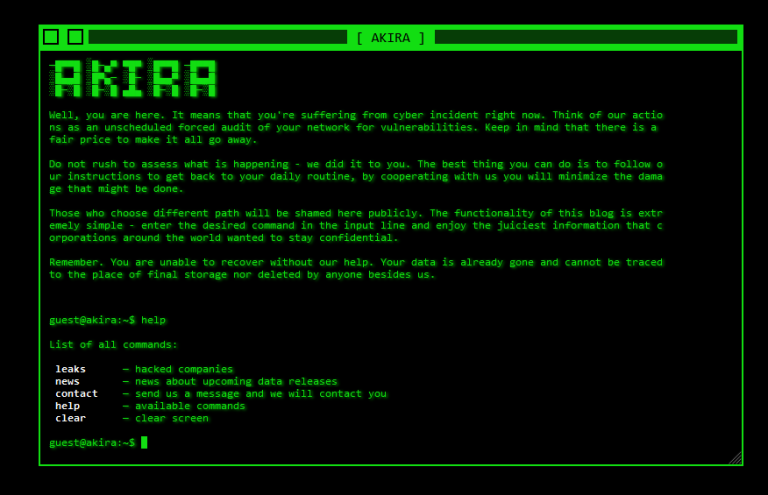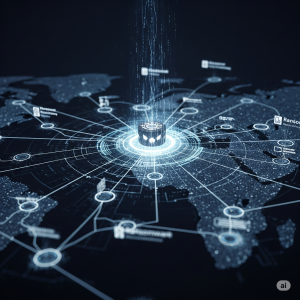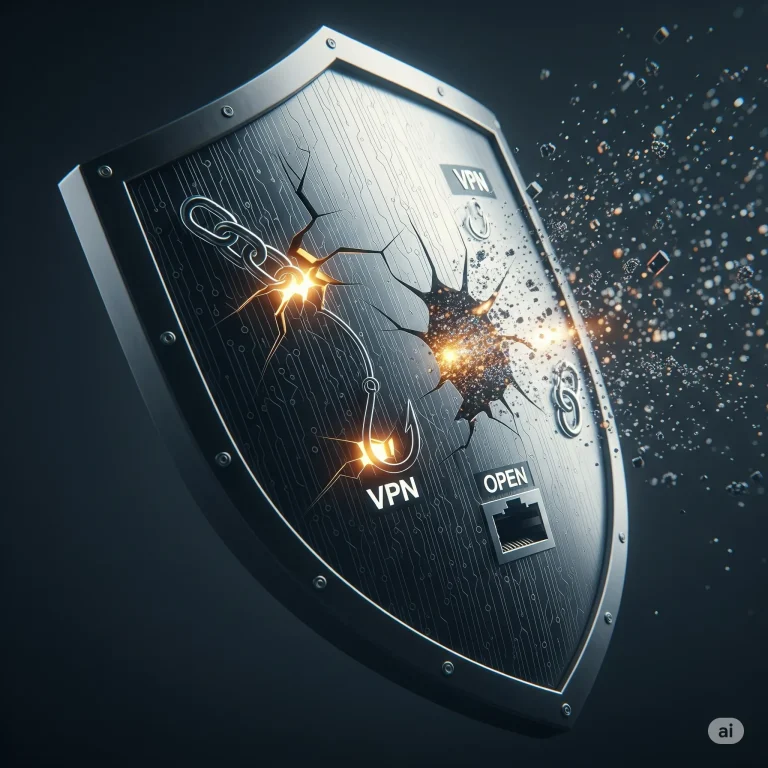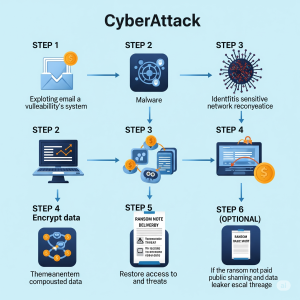Akira Ransomware: The Latest Updates in 2025 – What You Need to Know
Akira ransomware continues to cast a long shadow over the cybersecurity landscape in 2025, demonstrating persistent activity, evolving tactics, and a significant impact on organizations worldwide. If you’re looking to stay ahead of this threat, here’s a breakdown of what’s happening now:
Also check: Akira Ransomware: The Quantum Leap in Extortion – A Future Threat on the Horizon
A Relentless Surge in Attacks
Akira has started 2025 with an aggressive posture. In Q1 2025, the group was linked to a staggering 83 incidents, a substantial jump from the previous quarter. This makes Akira a major player, contributing to a historic high in overall ransomware victims reported globally this year. Some reports even placed Akira at the top of the ransomware leaderboard in January, with a 60% surge in activity.
People also read: Akira Ransomware Decryptor
This sustained high volume of attacks builds on previous successes, with Akira estimated to have already acquired over $42 million USD in ransom payments by April 2024 – a figure that continues to climb.
Who’s Being Targeted?
While Akira doesn’t discriminate entirely, its focus remains on large enterprises. In 2025, there’s been a noticeable emphasis on the manufacturing and transportation industries, alongside its traditional targets like:
- Business Services
- Education
- Finance
- Critical Infrastructure
Geographically, North America, particularly the United States, continues to bear the brunt of Akira’s attacks.
Evolving Tactics: Smarter, Steadier Infiltration
Akira isn’t just about volume; it’s about sophistication. The group is constantly refining its methods:
- VPN Vulnerability Exploitation: A primary initial access method still involves exploiting weaknesses in VPN services, especially Cisco VPNs that lack multi-factor authentication (MFA). This highlights the ongoing importance of securing these critical remote access points.
- Adaptive Infiltration: Akira is adept at using a variety of initial access vectors, including stolen credentials and exploiting other vulnerabilities to gain remote control. They have been observed using tools like Anydesk for persistent remote access.
- Stealth and Evasion: This ransomware group is known for its quiet approach. They employ stealth tactics and obfuscation techniques, such as PowerShell-based execution and advanced persistence, designed to slip past traditional antivirus and basic endpoint protection solutions.
- Targeting Virtualized Environments: Akira continues its specific targeting of VMware ESXi hosts and all running virtual machines. This aims to inflict maximum damage by crippling core IT infrastructure in a single strike.
- Double Extortion Remains Key: The group firmly sticks to its double extortion model. This means they not only encrypt your data but also steal sensitive information, threatening to publish it on their Tor-based leak site if the ransom isn’t paid.
- Blazing Fast Exfiltration: Reports indicate Akira can perform lightning-fast data exfiltration, with some instances showing data stolen from Veeam servers in roughly two hours. This speed minimizes the window for detection and response.
- Psychological Warfare: Beyond the technical attacks, Akira has been known to employ direct pressure tactics, including calling victims to compel them to pay ransoms. They might even offer to lower ransom demands if the primary goal is preventing data publication rather than just decryption.
- Unconventional Entry Points: A growing concern in 2025 is Akira’s exploration of unconventional vulnerabilities. One notable instance involved them using an unsecured webcam to bypass Endpoint Detection and Response (EDR) systems and infiltrate a network, demonstrating a shift towards targeting overlooked devices like IoT or misconfigured hardware.
Staying Secure Against Akira
The continuous evolution of Akira ransomware underscores the critical need for robust cybersecurity defenses. Organizations must prioritize:
- Enabling Multi-Factor Authentication (MFA) on all services, especially VPNs and critical accounts.
- Promptly patching and updating all software, with particular attention to VPNs and internet-facing services.
- Implementing strong password policies and regular credential rotation.
- Comprehensive data backup and recovery plans, including immutable storage.
- Network segmentation to limit lateral movement during an attack.
- Proactive threat monitoring and the deployment of advanced endpoint detection and response (EDR) solutions.
- Cybersecurity awareness training for all employees to recognize phishing and social engineering attempts.
Akira ransomware is not just a threat; it’s a persistent challenge that demands constant vigilance and adaptive security measures. Staying informed about their latest tactics is the first step in protecting your organization.



